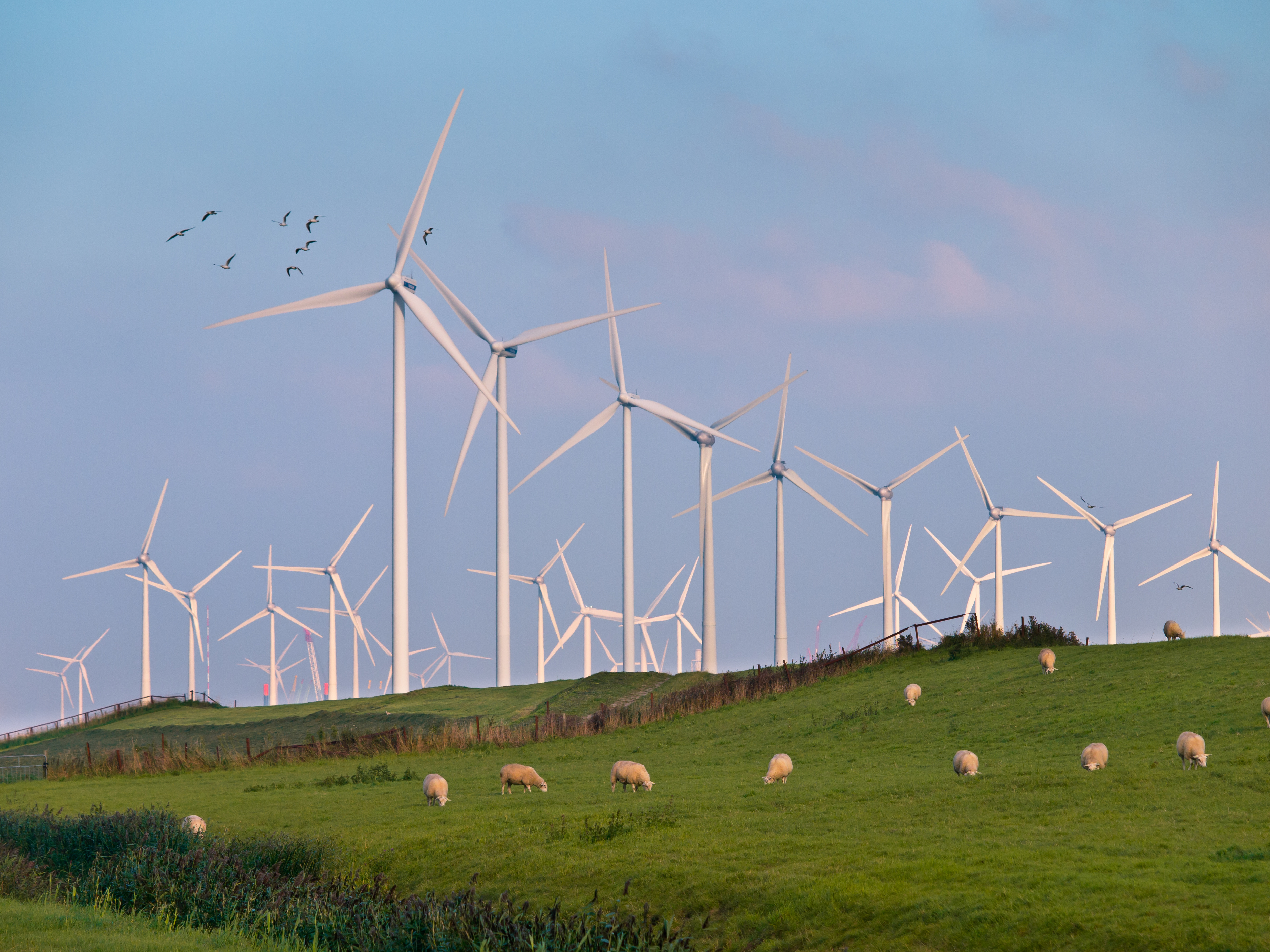
A 10 year study looking at nesting patterns of nine species of grassland birds in the Dakotas found that seven of the species relocated their nests away from good breeding ground after wind turbines were constructed.
Two of the species are particularly vulnerable to disruptions.
The study, focused on breeding pairs, started before turbines were built so it was able to track before and after patterns.
One of the disrupted species is in the category of “serious decline.” I do not yet know what that categorization means, but based on the simple words it looks like that species is in even more trouble than it would be otherwise, all because of the turbines.
The study, performed by the US Geological Survey, does not speculate on the long-term impact on the species.
You can read more in the following articles:
- 7/28 – Dickinson Press – Birds displaced by wind turbines, study shows
- 7/28 – Bismarck Tribune – Wind turbines stress grassland birds
Our knowledge of the damage caused by wind turbines just keeps growing.
On the other hand, perhaps relocating a nest hundreds of feet away from a turbine reduces the chance of a bird having an up close and personal experience with a turbine blade. Nest relocation may have some measurable disruption of breeding for some of the birds, but one bird getting sliced-and-diced causes a 100% reduction in fertility for a breeding pair.